(CLO) China's computing corridor is designed to send computer signals across the country, while the US has gone in a centralized direction. The two superpowers have chosen to develop their artificial intelligence (AI) capabilities in two completely opposite directions.
Two opposite paths
As China embraces the coming era of artificial intelligence (AI), a program to establish a nationwide computing power corridor that will cover 99% of the country's population is underway, according to a key architect of the project.
This is a completely opposite approach to the US.
In the US, most AI computing facilities are being built in northern Virginia, an area that is home to 70% of the world’s data centers. Virginia is considered the tech “headquarters” of the US, with a series of tech giants and key federal government defense agencies, including the Department of Defense and the Central Intelligence Agency (CIA).
Meanwhile, China's AI corridor, which went into operation earlier this month, has facilities spread across a vast area, from economically developed coastal regions to the western Gobi Desert, from the northern border to Siberia and even including Tibet.
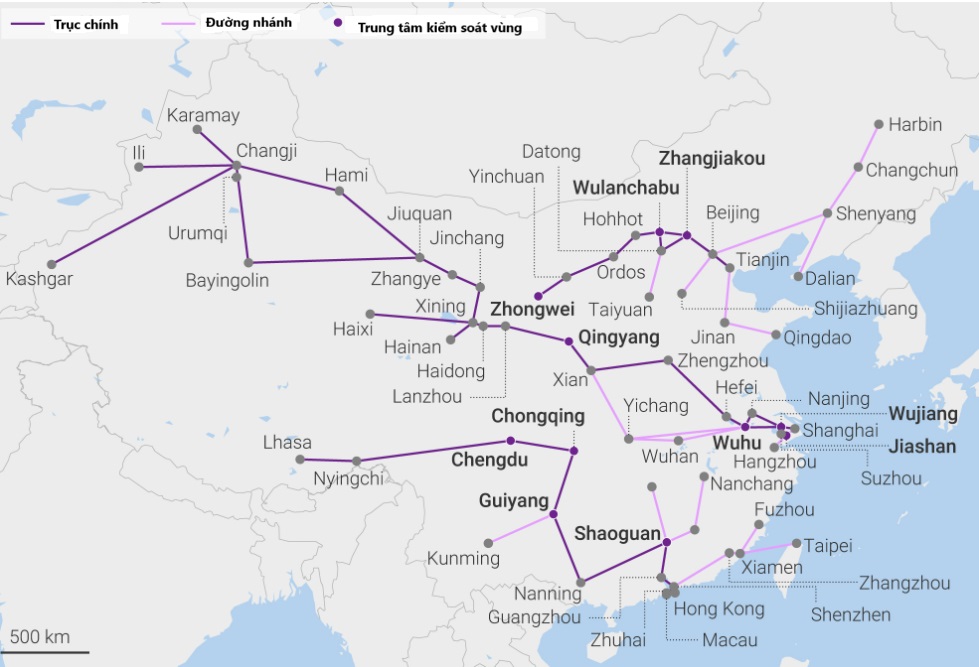
Map of China's cyber corridor, with wide coverage across the country. Graphic: SCMP
By 2030, these hubs will be connected by high-speed fiber optic cables, forming a unified network. Even in a small city of about 500,000 people, a startup will be able to tap into a nearby giant computer cluster to process AI tasks with latency of less than three milliseconds—faster than the refresh rate of a smartphone screen.
This approach is obviously more expensive but more convenient than building a centralized hub.
Why does China choose the difficult path?
In a recent article in E-Governance magazine, Dr. Yu Shiyang, director of the Big Data Development Department at the National Information Center of China, explained the reasons behind the above strategy.
First is the idea of fairness. The AI revolution risks exacerbating the concentration of wealth in the hands of a few. Northern Virginia is already one of the wealthiest regions in the US. Of the seven US counties with the highest household incomes, four are in the region. “Most of the super-large data centers are concentrated in Northern Virginia, where tech giants like Microsoft, Google, and Meta are headquartered,” Dr. Yu said.
Meanwhile, China is also looking to improve its economic imbalance, with its eastern regions being richer than its western regions. “Optimizing the allocation of computing resources, promoting a balanced digital industrial layout, and coordinating industrial development in an east-west direction can open up new opportunities for innovation and growth in large regions such as the west and northeast,” said Dr. Yu.
The second reason is efficiency.
Overly centralized data centers hinder efficient use of energy, especially green energy.
Due to energy shortages, Microsoft even plans to reopen the Three Mile Island nuclear power plant not far from Northern Virginia, despite the nuclear meltdown that occurred there in 1979.

Last year, China built more than 40,000 kilometers of high-voltage grid, some with a capacity of 1,100 kilovolts. Photo: Reuters
According to the map in Dr. Yu’s article, China’s computing power corridor is closely linked to the country’s ultra-high voltage transmission grid. This ensures abundant electricity supplies, including wind and solar power from the Gobi and other deserts.
“Some in the US industry are jealous of this network. They call for learning from China,” Dr. Yu wrote.
Higher voltage means longer transmission distances. Last year, China built more than 40,000 kilometers of high-voltage grid, some with a capacity of 1,100 kilovolts. By contrast, the United States built less than 1 percent of that length, with a maximum voltage of 345 kilovolts.
Decentralized facilities can also be safer, Dr. Yu said. Northern Virginia’s proximity to the ocean poses risks. Some U.S. security experts warn of the potential for devastation from natural disasters or attacks.
In contrast to the United States, China has chosen low-risk western regions of the country as its strategic hinterland for its computing power corridor. “Building data centers in strategic regions such as Guizhou, Xinjiang, and Tibet, which are remote and far from economic centers, will help reduce geopolitical security risks and enhance resilience and risk tolerance in extreme situations,” said Dr. Yu.
"Belt and Road" online
China is stepping up research and development efforts to realize this mega project of building a computing corridor.
Last year, the US accounted for 32% of global computing power, the world leader. China came in second with a share of about 26%, partly due to US sanctions.
But China’s AI chip production is growing rapidly, thanks to the efforts of high-tech companies like Huawei Technologies, which are also breaking world records for long-distance, high-volume data transmission.
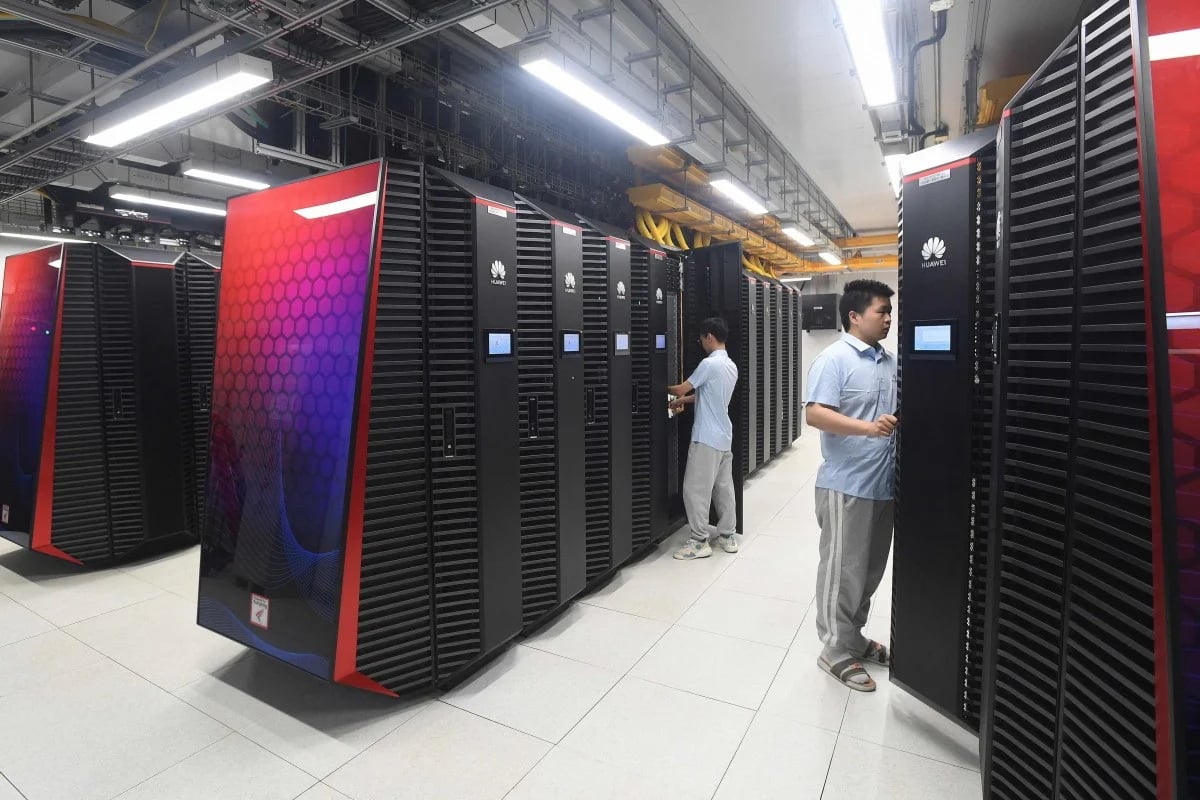
China's smart computing capabilities have grown rapidly thanks to leading technology companies such as Huawei Technologies. Photo: SCMP
By June this year, the data exchange latency between eastern and western China had been reduced to 20 milliseconds, thereby supporting AI training and large-scale task processing.
This has allowed Chinese companies to surpass the US in some commercial applications. For example, while OpenAI’s Sora is still in the lab, several Chinese companies are already offering similar text-to-video services to global users. The impact of China’s computing power corridor will be felt around the world, Dr. Yu said.
“High-capacity computing channels will be extended to countries and regions along the ‘belt and road’ in the future. We will make full use of the regional advantages of Xinjiang, Qinghai, Gansu, Inner Mongolia and other regions to export computing resources to Central Asia, West Asia and the Middle East,” he wrote, referring to China’s “Belt and Road Initiative.”
“We will also promote regions such as Chongqing, Guizhou, Yunnan, Guangdong, Guangxi, Hainan and other regions to provide computing services to South Asia and Southeast Asia, and guide northeastern regions such as Heilongjiang to export computing capabilities to Northeast Asia,” Dr. Yu added.
Nguyen Khanh
Source: https://www.congluan.vn/cuoc-dua-ai-trung-quoc-trai-rong-khap-dat-nuoc-my-tap-trung-o-dai-ban-doanh-post319134.html





![[Photo] Prime Minister Pham Minh Chinh chairs the meeting of the Government Party Committee Standing Committee](https://vstatic.vietnam.vn/vietnam/resource/IMAGE/2025/8/23/8e94aa3d26424d1ab1528c3e4bbacc45)


![[Photo] General Secretary To Lam attends the 80th Anniversary of the Cultural Sector's Traditional Day](https://vstatic.vietnam.vn/vietnam/resource/IMAGE/2025/8/23/7a88e6b58502490aa153adf8f0eec2b2)





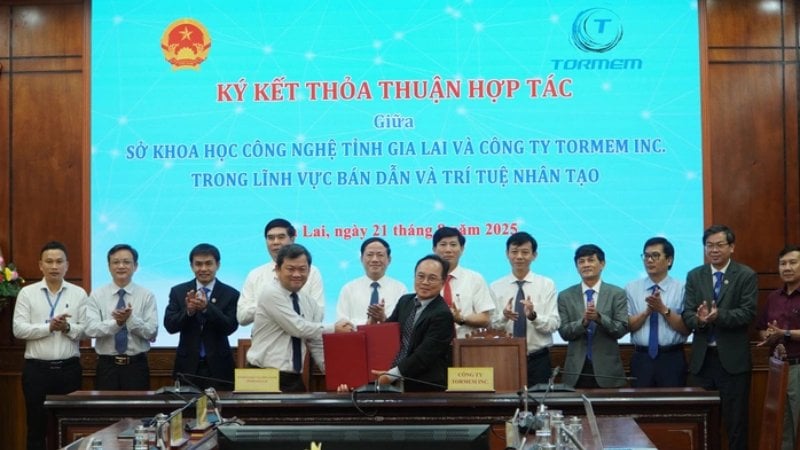











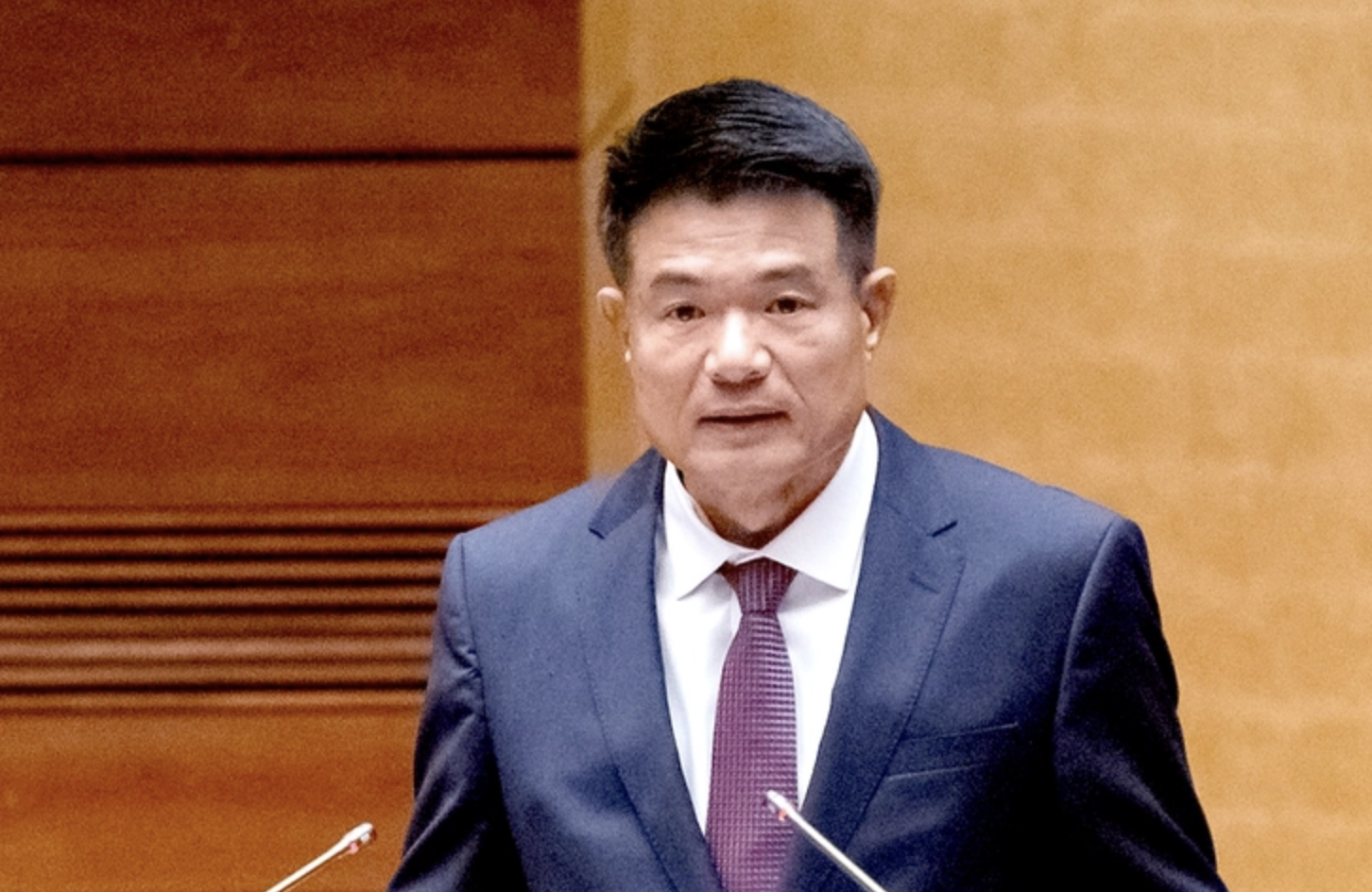























































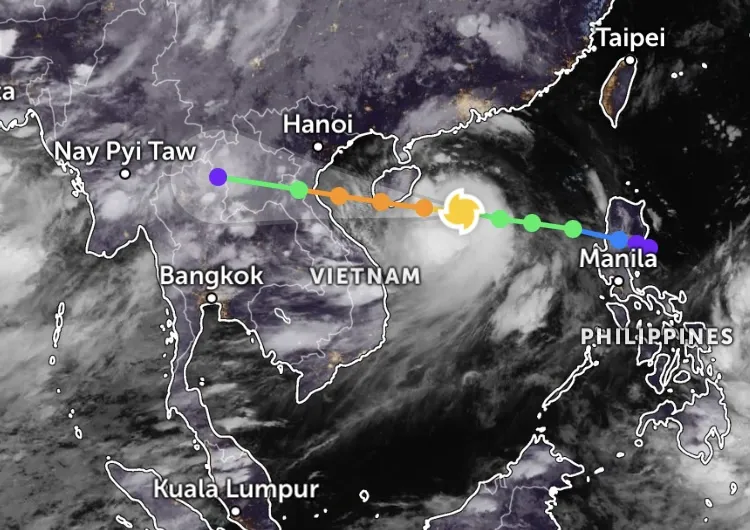




















Comment (0)